
New research casts doubt on the notion that hepatitis plays a role in the development of multiple myeloma (MM), finding that the virus is actually more common in chronic lymphocytic leukemia (CLL).


New research casts doubt on the notion that hepatitis plays a role in the development of multiple myeloma (MM), finding that the virus is actually more common in chronic lymphocytic leukemia (CLL).

A significant number of patients who undergo chimeric antigen receptor (CAR) T-cell therapy will experience severe neurotoxicity. A new study could help doctors better predict which patients are at risk.

Mantle cell lymphoma is considered incurable, but a new strategy could lead to better results in a subgroup of patients with the cancer.
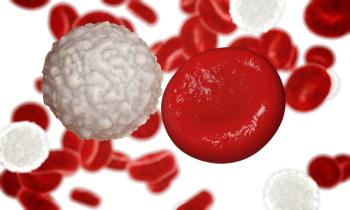
Patients who are diagnosed with Waldenström macroglobulinemia (WM) at age 55 or younger tend to have low risk profiles and very high overall survival rates.

Children receiving intensive chemotherapy benefit from prophylaxis with levofloxacin to an extent that would justify the cost of the drug, a new analysis finds.

Reporting on their findings in the British Journal of Haematology, researchers have used immunohistochemistry (IHC) to leverage p53 expression as an identifier of mantle cell lymphoma (MCL) patients carrying mutations in tumor protein p53 (TP53), an indicator of poor prognosis in the disease.
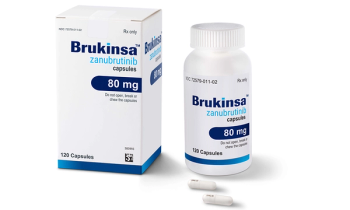
Fewer off-target effects mean second-generation BTK inhibitors offer less cardiotoxicity and allow patients to stay on them longer, increasing their efficacy.
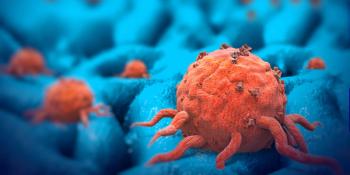
Patients with chronic lymphocytic leukemia (CLL) often face months or years of uncertainty. A new study might help those patients better understand their progression timeline.

A significant proportion of patients with chronic lymphocytic leukemia (CLL) and mantle cell lymphoma (MCL) experience bleeding when taking ibrutinib—a recent study probes why.
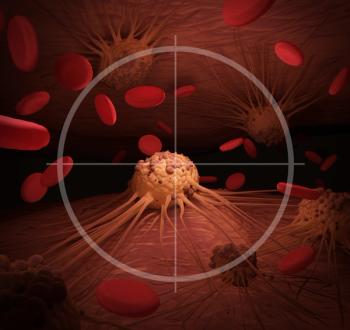
Tisagenlecleucel, sold as Kymriah by Novartis, met its primary end point of complete response rate (CRR) in an interim analysis of a phase 2 study for relapsed or refractory follicular lymphoma (FL).

Understanding the patient point of view can help with treatment decisions as well as gauge the impact of treatment, the authors said.

While immunoglobulin abnormalities appear to shorten treatment-free survival periods, they do not have an impact on overall survival in patients with chronic lymphocytic leukemia (CLL).
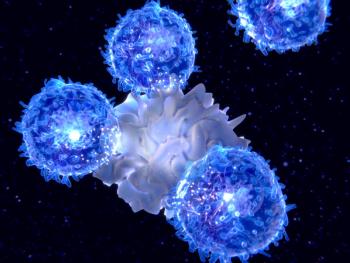
The therapy, to be sold as Tecartus, will be used to treat adult patients with mantle cell lymphoma who have relapsed or not responded to other treatments.

Experts surveyed regarding how best to treat patients with chronic lymphocytic leukemia (CLL) amid the pandemic agreed with social distancing, but were cautious about universal testing and treatment continuation.
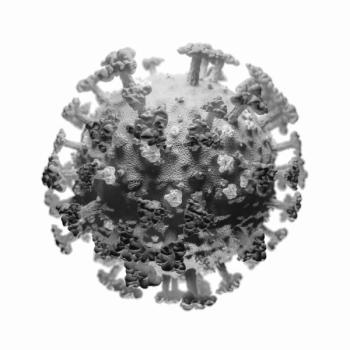
Older patients with chronic lymphocytic leukemia (CLL) appear to be more likely to have severe symptoms if they contract coronavirus disease 2019, according to new research.

A new analysis of nearly 3 decades of data suggests leukemia rates are falling, except for 2 specific types.

FDA has lifted a partial clinical hold on a phase 2 trial of a treatment for patients with relapsed or refractory (R/R) Hodgkin lymphoma from ADC Therapeutics. The trial of camidanlumab tesirine (Cami), an antibody drug conjugate that binds to CD25, is evaluating the safety and efficacy of the therapy and is intended to support the submission of a Biologics License Application to the FDA.

Immunotherapy and chimeric antigen receptor (CAR) T-cell therapy are new and important treatments revolutionizing care of some cancers; however, their side effects can be very different than what is seen in traditional approaches, such as chemotherapy.

Treating children with aggressive B-cell lymphoma with rituximab can improve cure rates to up to 95%.
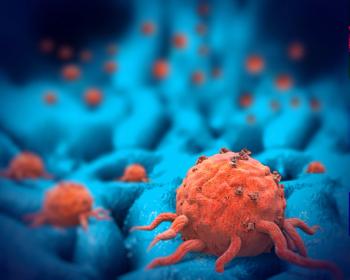
Patients with B-cell non-Hodgkin lymphomas and B-cell acute lymphoblastic leukemia can benefit greatly from chimeric antigen receptor (CAR) T-cell therapy, but providing that therapy has become much more difficult in the age of coronavirus disease 2019 (COVID-19).

The FDA granted accelerated approval to selinexor (Xpovio, Karyopharm Therapeutics) for the treatment of adult patients with relapsed or refractory diffuse large B-cell lymphoma (DLBCL). The oral treatment is to be used after at least 2 lines of systemic therapy.

Most studies of patients with diffuse large B-cell lymphoma do not include those over the age of 80. However, a new study says those patients, like younger patients, benefit from receiving rituximab and anthracycline in their chemotherapy regimens when possible.

Diagnosis pediatric acute lymphoblastic leukemia (ALL) can be a costly and cumbersome experience. New research has identified microRNA signatures that could simplify the process of diagnosis and classifying the cancer.
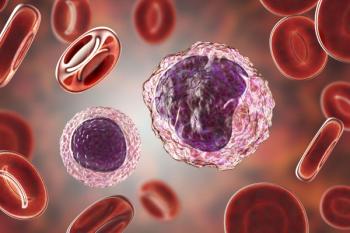
Patients with relapsed/refractory T-cell lymphoblastic leukemia face poor outcomes, and are generally treated by salvage therapy followed by allogeneic hematopoietic stem cell transplant. A new study suggests an optimal option for salvage therapy.
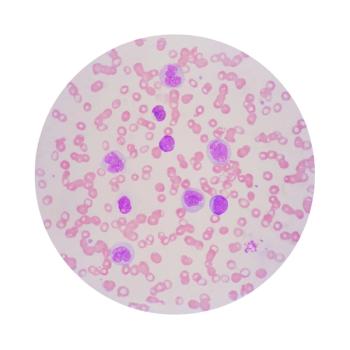
A subset of patients taking ibrutinib as a therapy for chronic lymphocytic leukemia (CLL) will require dose modifications. A new study attempts to evaluate the impacts of such changes, though the authors find many questions remain unsolved.

259 Prospect Plains Rd, Bldg H
Cranbury, NJ 08512
© 2025 MJH Life Sciences®
All rights reserved.
